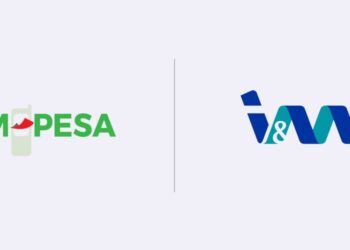The landscape of work has undergone a significant transformation, driven by advancements in technology, changing attitudes towards work-life balance, and the global response to unprecedented events such as the COVID-19 pandemic. One of the most notable shifts has been the rise of remote work or working from home, a concept that has both fervent proponents and staunch critics. This article delves into the multifaceted nature of this trend, discussing the myriad benefits and potential drawbacks associated with the remote work model.
Benefits of working from home
Here are the benefits associated with the remote work model.
1. Flexibility and autonomy
One of the most compelling advantages of working from home is the unparalleled flexibility it offers. Employees can design their workdays to suit their unique preferences and energy levels, resulting in increased job satisfaction and a more personalized work routine.
2. Commute elimination
Bid farewell to the daily grind of rush-hour traffic or crowded public transportation. Remote workers experience significant time and cost savings by eliminating commuting, leading to reduced stress and a healthier work-life balance.
3. Enhanced productivity
Many remote workers find that the absence of office distractions and a more comfortable environment enable them to accomplish tasks more efficiently. This heightened productivity can lead to increased job performance and a sense of accomplishment.
4. Cost savings
For both employees and employers, remote work translates to cost savings. Employees save on commuting expenses, work attire, and meals, while employers can reduce overhead costs associated with maintaining a physical office space.
5. Global talent pool
Geographical barriers are dismantled in the realm of remote work, allowing organizations to tap into a diverse and global talent pool. Employers can access top-tier professionals without the limitations of physical location.
6. Work-life balance
Remote work provides an unparalleled opportunity to strike a healthier work-life balance. By integrating work tasks with personal responsibilities, employees can better manage family commitments, exercise routines, and leisure activities.
7. Reduced stress and burnout
A well-designed remote work setup can contribute to reduced stress levels and a decreased risk of burnout. Customized workspaces and the absence of office politics can lead to a more harmonious work environment.
Drawbacks of working from home
Here are the drawbacks associated with the remote work model.
1. Isolation and loneliness
One of the most significant challenges of remote work is the potential for social isolation. The absence of face-to-face interactions and spontaneous conversations can lead to feelings of loneliness and disconnect.
2. Distractions and lack of focus
While some find their homes less distracting, others grapple with household chores, family members, or noisy environments that hinder focus and concentration.
3. Communication challenges
Remote work can impede effective communication, leading to misunderstandings and misinterpretations. The lack of in-person interactions can also hinder collaboration and team dynamics.
4. Work-life boundaries
The line between work and personal life can become blurred when working from home, making it challenging to disconnect from work-related matters during non-working hours.
5. Limited career advancement
Remote workers may perceive limited opportunities for career growth and advancement compared to their in-office counterparts, as they might miss out on networking and visibility.
6. Technical hurdles
Relying heavily on technology for remote work can expose employees to technical glitches, connectivity issues, and potential security breaches.
7. Monitoring and accountability
Employers may find it more challenging to monitor remote employees’ performance and ensure accountability, potentially impacting teamwork and organizational cohesion.
8. Ergonomic concerns
Without proper ergonomics, remote workers may experience discomfort and health problems due to suboptimal work setups.
Conclusion
The working landscape has evolved dramatically, and the remote work model has emerged as a game-changer for many individuals and organizations. While it brings forth a plethora of benefits, from enhanced flexibility and productivity to reduced stress and global talent access, it is not without its challenges. The potential for isolation, communication hurdles, and blurred work-life boundaries are some of the drawbacks that must be navigated thoughtfully.
As remote work continues to shape the way we approach employment, it becomes imperative for individuals and organizations to strike a balance between the advantages and disadvantages. The rise of hybrid work models, which combine in-person and remote work, may hold the key to optimizing the benefits while mitigating the drawbacks. Ultimately, the success of remote work hinges on the ability to adapt, communicate effectively, and create a work environment that caters to the unique needs of both employers and employees in this ever-evolving landscape.




































































































































































































